The B-25 Mitchell was a versatile twin-engine medium bomber used extensively during World War II by the United States and Allied forces. Designed by North American Aviation, it first flew in 1940 and was introduced in 1941. The B-25 served in various roles, including bombing, reconnaissance, and anti-shipping operations.
Key features included its ability to carry up to 3,000 lbs of bombs, multiple .50 caliber machine guns for defense, and a range of over 1,300 miles. It became famous for its role in the Doolittle Raid of 1942, where 16 B-25s launched from an aircraft carrier to bomb Tokyo.
The B-25 was used in all theaters of the war, from Europe to the Pacific, and was known for its durability and effectiveness. Over 9,800 units were built, and the aircraft continued to serve in various capacities after the war, leaving a lasting legacy in aviation history.
No. 6137th Squadron RAF
No. 6137 Squadron of the Royal Air Force (RAF) was primarily associated with air transport and reconnaissance duties during World War II, but there is limited historical information directly linking it with the B-25 Mitchell bomber. It is important to clarify that No. 6137 Squadron was not one of the key units to operate the B-25 extensively during the war.
However, if you're referring to the general role of the B-25 Mitchell within RAF units, here's a relevant overview:
B-25 Mitchell in RAF Service:
The North American B-25 Mitchell was a medium bomber used extensively by the Allies during World War II. Although the aircraft was more famously used by the United States Army Air Forces (USAAF), the RAF did employ the B-25 in several roles, including as a light bomber, reconnaissance platform, and anti-shipping strike aircraft.
Key Roles:
- Light Bombing: The B-25 was used to conduct bombing raids, often targeting enemy infrastructure, transportation hubs, and military installations.
- Maritime Strike: RAF squadrons equipped with B-25s participated in anti-shipping operations, using the aircraft’s versatility for low-level bombing and strafing missions against German and Italian naval forces in the Mediterranean and European theatres.
- Reconnaissance: Some RAF units employed the B-25 for reconnaissance missions, benefiting from its speed, range, and adaptability.
Specific Use by RAF:
The B-25 Mitchell was primarily operated by various RAF squadrons under the RAF Middle East Command and RAF Coastal Command during the Mediterranean and North African campaigns. Units that operated the aircraft, such as No. 2 Squadron RAF, used the B-25 for both tactical bombing and reconnaissance missions, often in support of larger Allied operations.
Aircraft Characteristics:
- Crew: Typically 6 (pilot, co-pilot, bombardier, navigator, radioman, and tail gunner)
- Armament: 2 x .50 caliber Browning machine guns, bombs of up to 3,000 lbs, and sometimes rockets for ground attack or anti-ship operations.
- Performance: Maximum speed of around 275 mph (442 kmh), with a range of up to 1,350 miles, allowing for considerable operational flexibility.
In summary, while No. 6137 Squadron itself did not widely operate the B-25, the aircraft did serve in key RAF operations, contributing to Allied efforts during World War II in a variety of roles, especially in maritime strike and reconnaissance tasks.
Specifications
Spotlights
- YarisSedan 11 months ago
General Characteristics
- Successors 1 airplane(s)
- Created On Android
- Wingspan 79.3ft (24.2m)
- Length 66.8ft (20.4m)
- Height 19.8ft (6.0m)
- Empty Weight N/A
- Loaded Weight 28,907lbs (13,112kg)
Performance
- Horse Power/Weight Ratio 0.138
- Wing Loading 33.2lbs/ft2 (162.2kg/m2)
- Wing Area 870.2ft2 (80.8m2)
- Drag Points 11129
Parts
- Number of Parts 91
- Control Surfaces 8
- Performance Cost 628

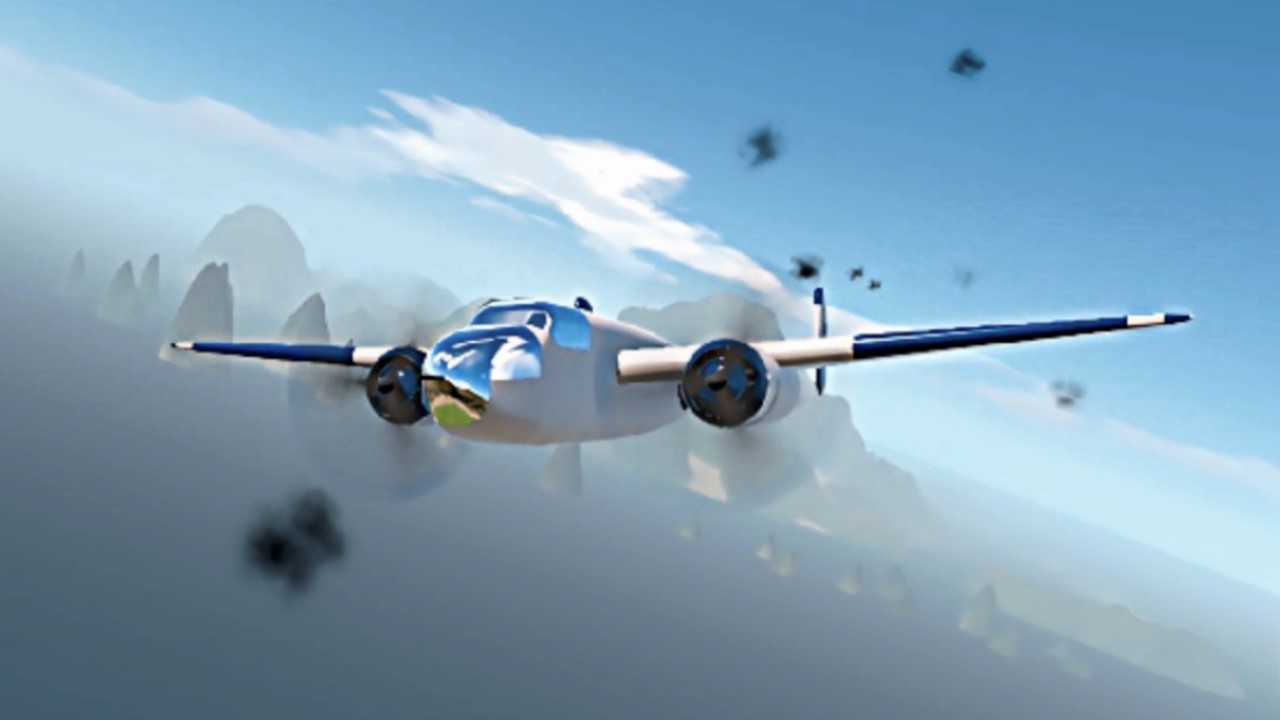
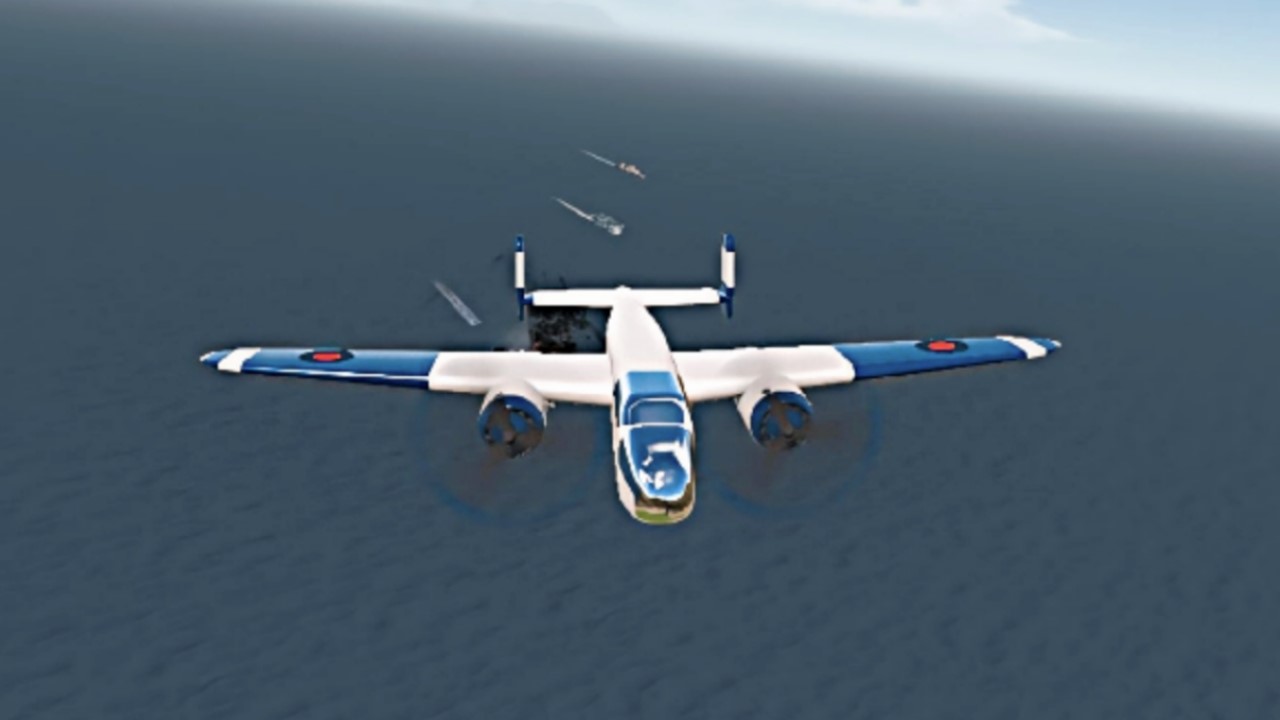
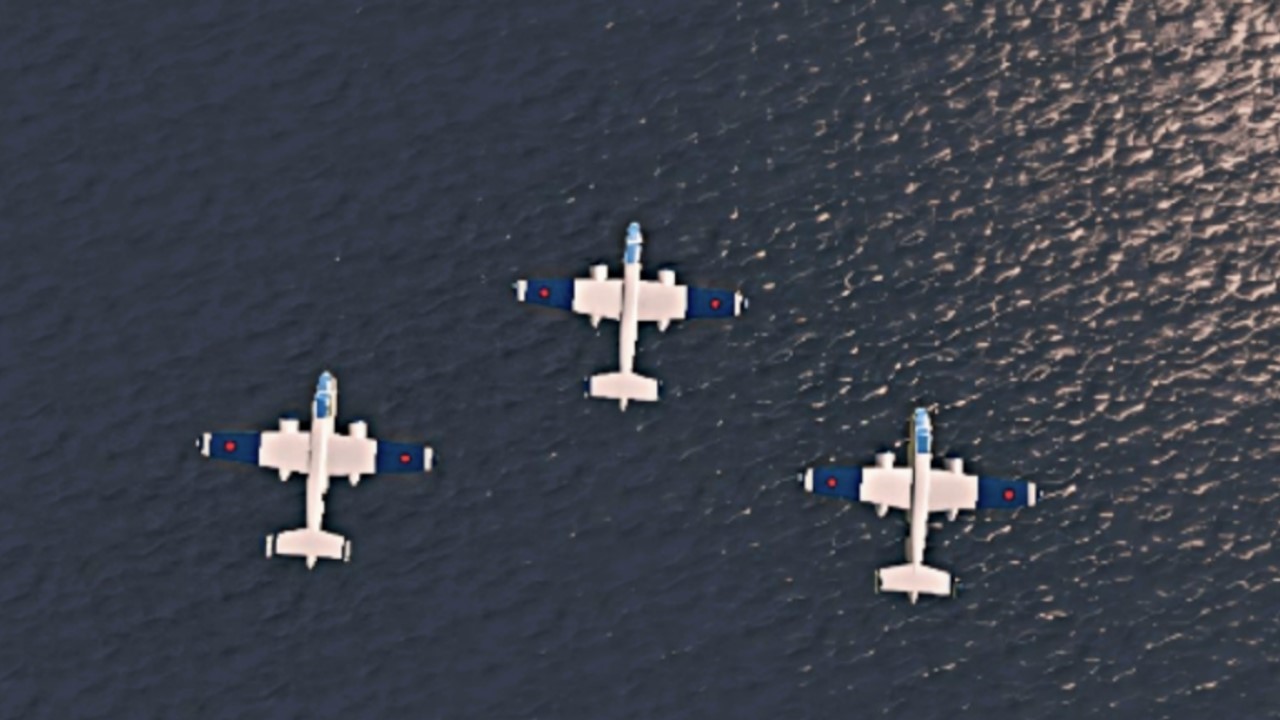
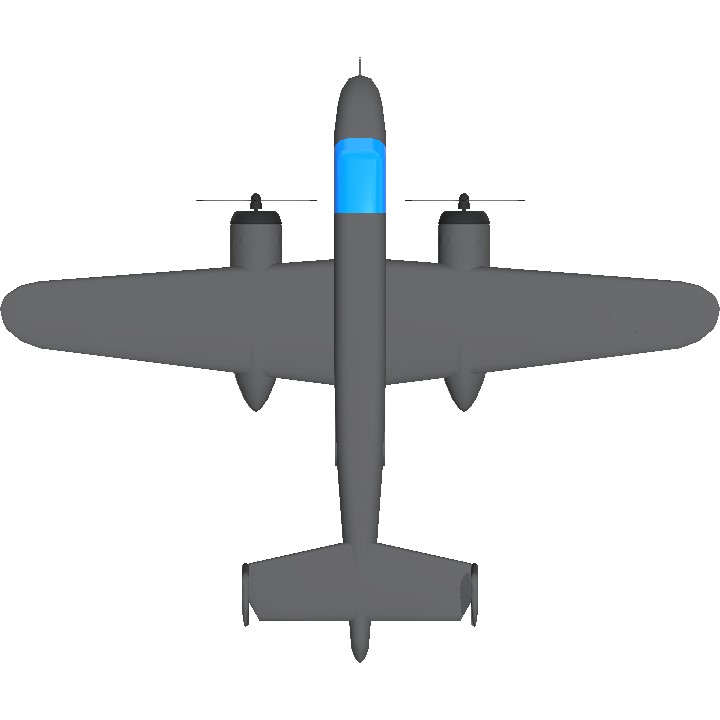
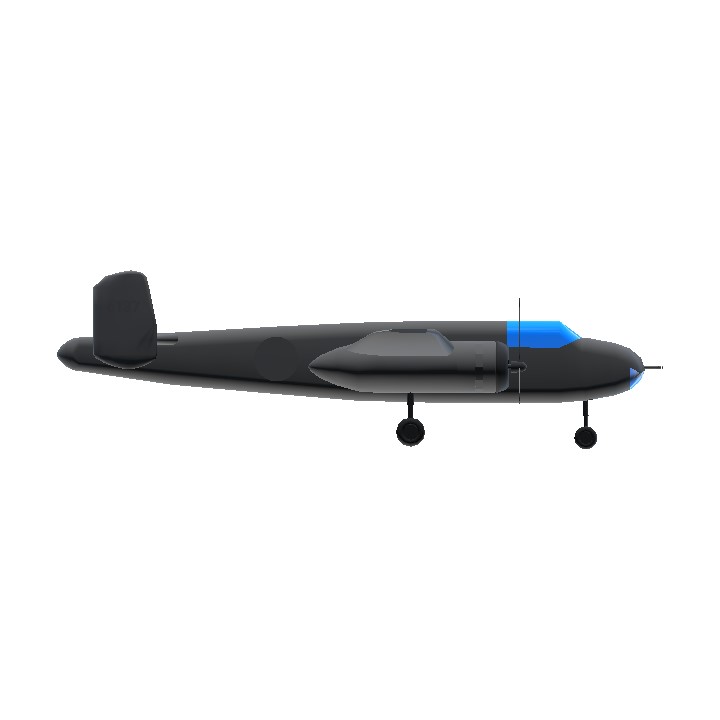
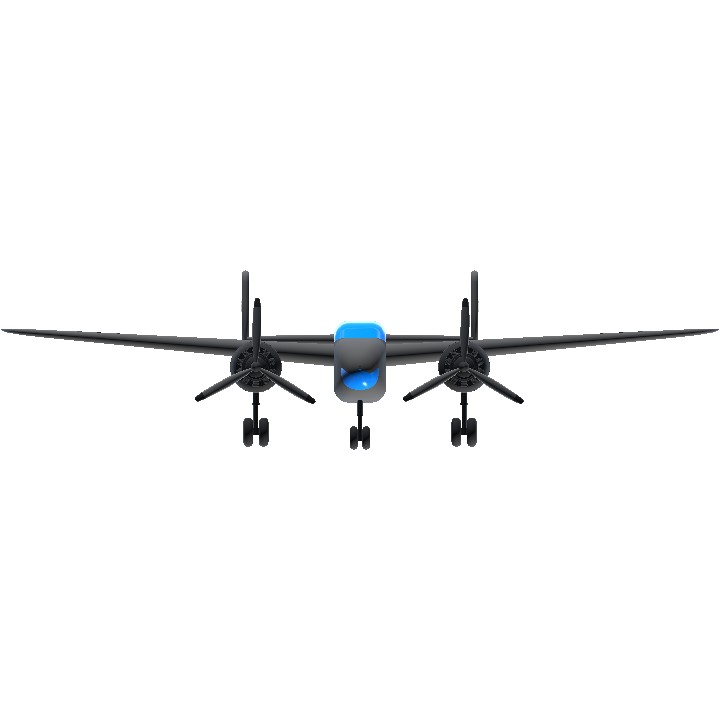
cool
Mitchell
1: @MiGFOXHOUND31BSM26
2: @cooldude321
3: @spsidearm
4: @Eagleman101SP